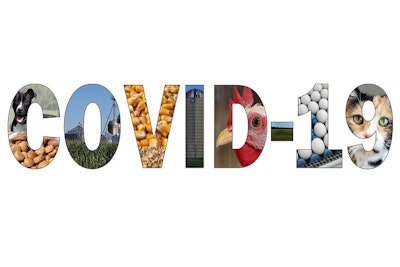
Food production was slowly moving toward the adoption of digital technologies prior to the COVID-19 global pandemic. One year later, interest in using data to manage the supply chain has accelerated.
“Prior to the to the lockdown that we all have just been through, I think the the industry itself was, probably because of the nature of food itself, quite slow to adopt new trends. I think the food industry leans towards the traditional,” said John Carter, Area Europe Quality Director, Ferrero. “Now I actually see that potentially changing post-COVID.”
Carter spoke, alongside Peter Inge, CEO and Founder, InGenious inSight and Stuart Kelly, Global Sales Director, Business Assurance at Lloyd's Register, during the panel discussion How Can Data Science Boost Food Safety?.
New interest in data management
As a result of the supply chain struggles they have experienced as a result of COVID-19, companies involved in food production now want better visibility.
The first major poultry supply chain shock of the pandemic began with the implementation of stay-at-home measures in mid-to-late March 2020. Consumers flocked to grocery and other retail stores, stocking up on fresh meat, poultry and other goods, in preparation of self-quarantine measures.
A second wave of disruptions occurred when more than 20 meat processing plants temporarily halted operations in April 2020 to help mitigate and slow the spread of the virus. These closures resulted in meat shortages that were felt by consumers. Some stores implemented purchase limits for certain cuts or the total number of packages that could be purchased by each customer.
“I think COVID has accelerated a lot in the digital transformation space. A lot of organizations are thinking differently about how to manage risk in this new world, and you know we really have seen a bit of a kick in terms of the desired buy-in and adoption to move to some of these emerging technologies to help understand and manage risk more effectively,” Inge explained.
Where is foodtech going?
Traceability along the supply chain will be key going forward, the three panelists agreed. There are a range of digital technologies designed to enhance supply chain visibility, including computer vision, machine learning, blockchain and sensors.
“A lot of our customers have immediately become concerned about the lack of visibility in their supply chain,” said Kelly. “We’ve started to get a lot more engagement around people asking how they can have more real-time visibility of the supply chain.”
View our continuing coverage of the novel coronavirus (COVID-19) pandemic.
Like what you just read? Sign up now for free to receive the Poultry Future Newsletter.


















